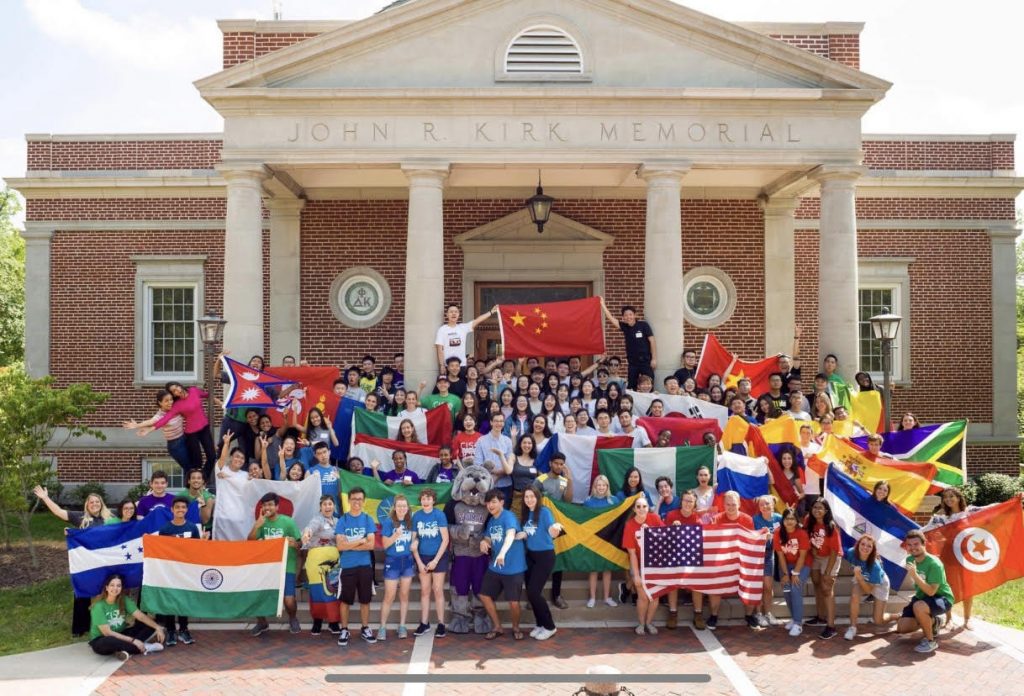Recognition of credits
You will be registered as a non-degree student during your stay in America, and at the end of your study period you will receive a transcript showing which courses you have taken and the number of credits that are awarded for the courses. Before you leave, make proper arrangements with your Dutch faculty so that your credits count toward your degree in the Netherlands. Your home institution and the American partner institution may have already made proper arrangements (a learning agreement) for the recognition of credits. The examination board is the competent body that deals with credit recognition.
Before leaving for the US, you will need an official statement from the study advisor, the internationalization officer, or the examination board stating that the credits will be recognized. Such a statement is usually only issued on the basis of a detailed study plan describing the courses you will take in the US, the study load of the courses, and the content of the courses. From the host institution, you need an official statement (a transcript) indicating which courses you have successfully completed. This statement will be sent to you at the end of your stay. After returning to the Netherlands, report on your stay in the USA. This may have to be done in written form. As soon as you have received the official transcript from the US, you must hand it to the study advisor, the internationalization staff member, or to the examination board so that the study results can be credited.
The final number of credits you will receive in the Netherlands for an American course depends on several factors, including the study load in time for the course. In addition, upon returning to the Netherlands, the literature list associated with the course, the level at which the course was taught (undergraduate or graduate), whether you had to write a paper, among other factors.




